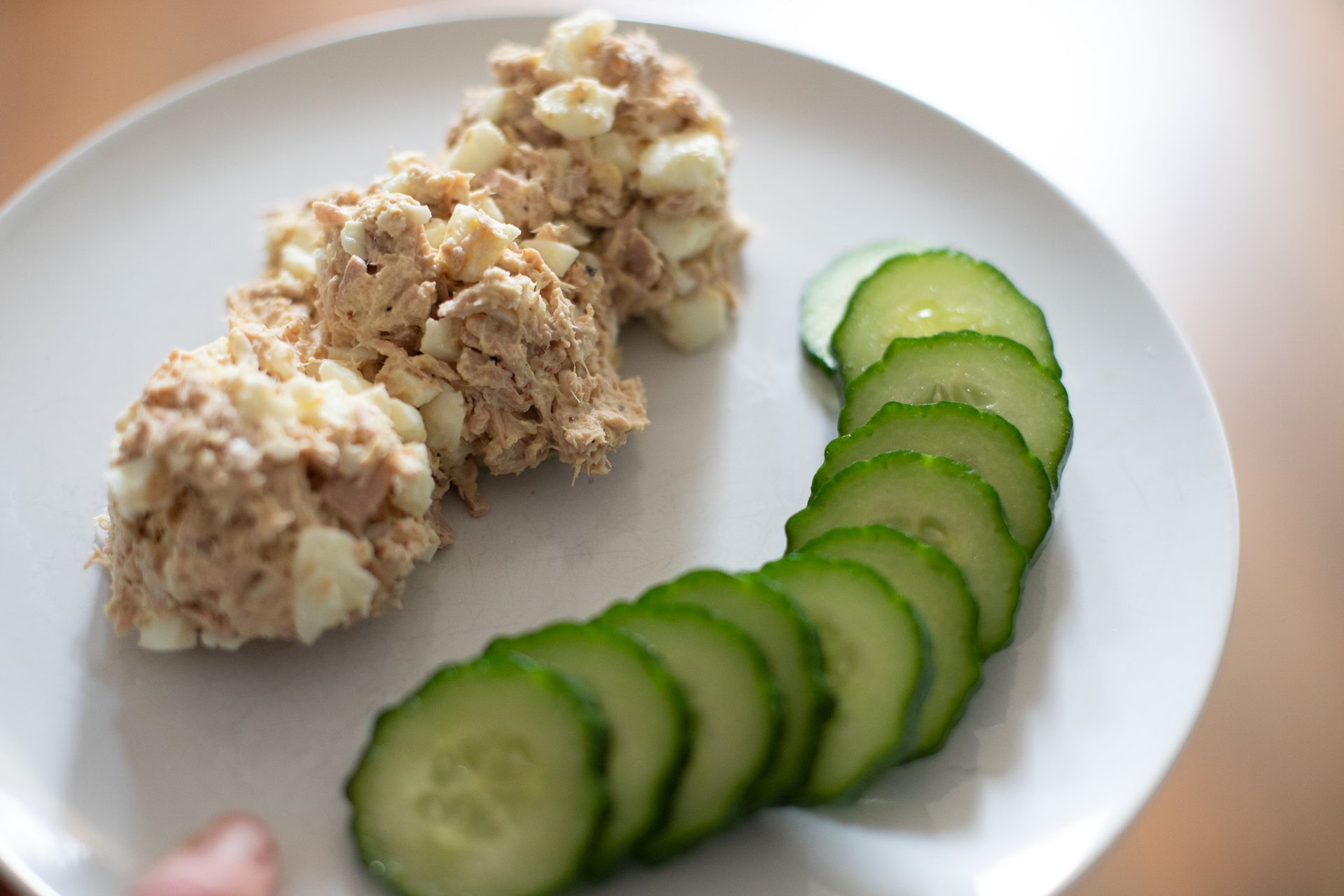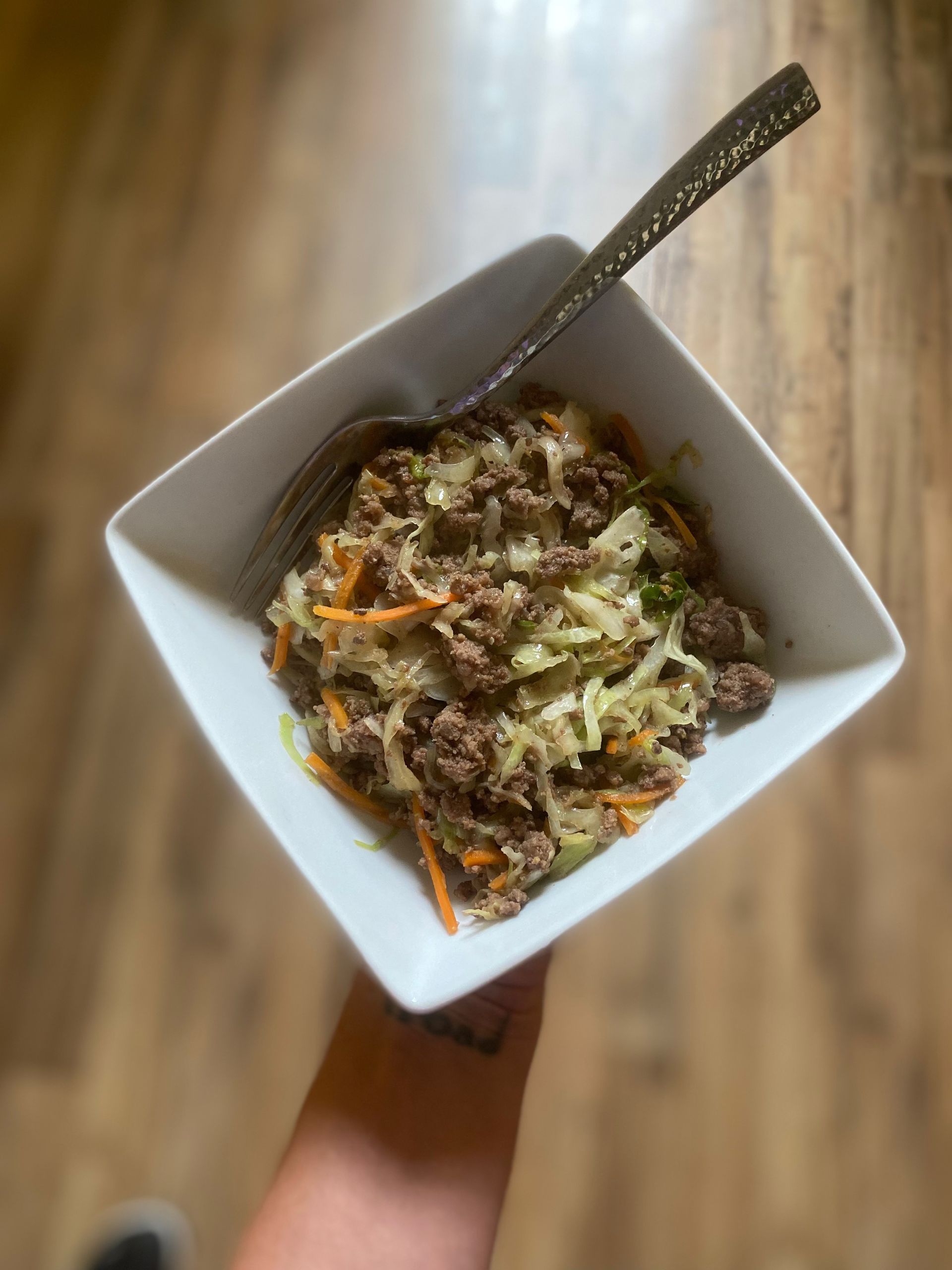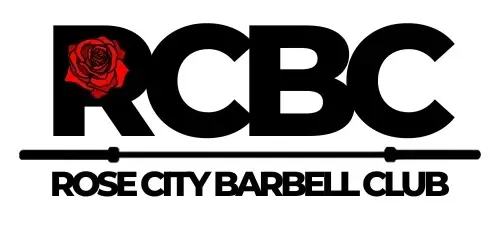Prioritizing Protein
why is protein so important?
Let’s get into the science of it - but I’ll try not to bore you…
A Refresh of What We Learned in School
Proteins are the building blocks of your bones, muscles, cartilage, and skin - and amino acids are the building blocks of your protein. In order to build muscle, skin elasticity, and recover from sickness or injury, we need to make friends with protein when it comes to our nutrition.

A group of amino acids form a peptide, a group of peptides form a polypeptide and then those polypeptides work to grow hair, muscles, skin and nails. When we eat protein, this process works in reverse as we break the proteins down.
There are 20 amino acids…
- Non-essential amino acids, which we make in our body.
- Essential amino acids, which we have to get from our diet. BCAAs are branched chain amino acids which help support muscle metabolism and are important for us to build muscle tissue. They are found in meat, dairy, and legumes (beans).
- Conditional essential amino acids, which we can make ourselves, but not always effectively, so it helps to get extra from our diet. Stress can impact our ability to make these.
Since our bodies need proteins and amino acids to produce important molecules in our body – like enzymes, hormones, neurotransmitters, and antibodies – without an adequate protein intake, our bodies can’t function well at all. We are always breaking down and building new proteins. While we can store carbohydrates and fat, we can’t store protein in the same way. So, we need to get enough protein from our diet.
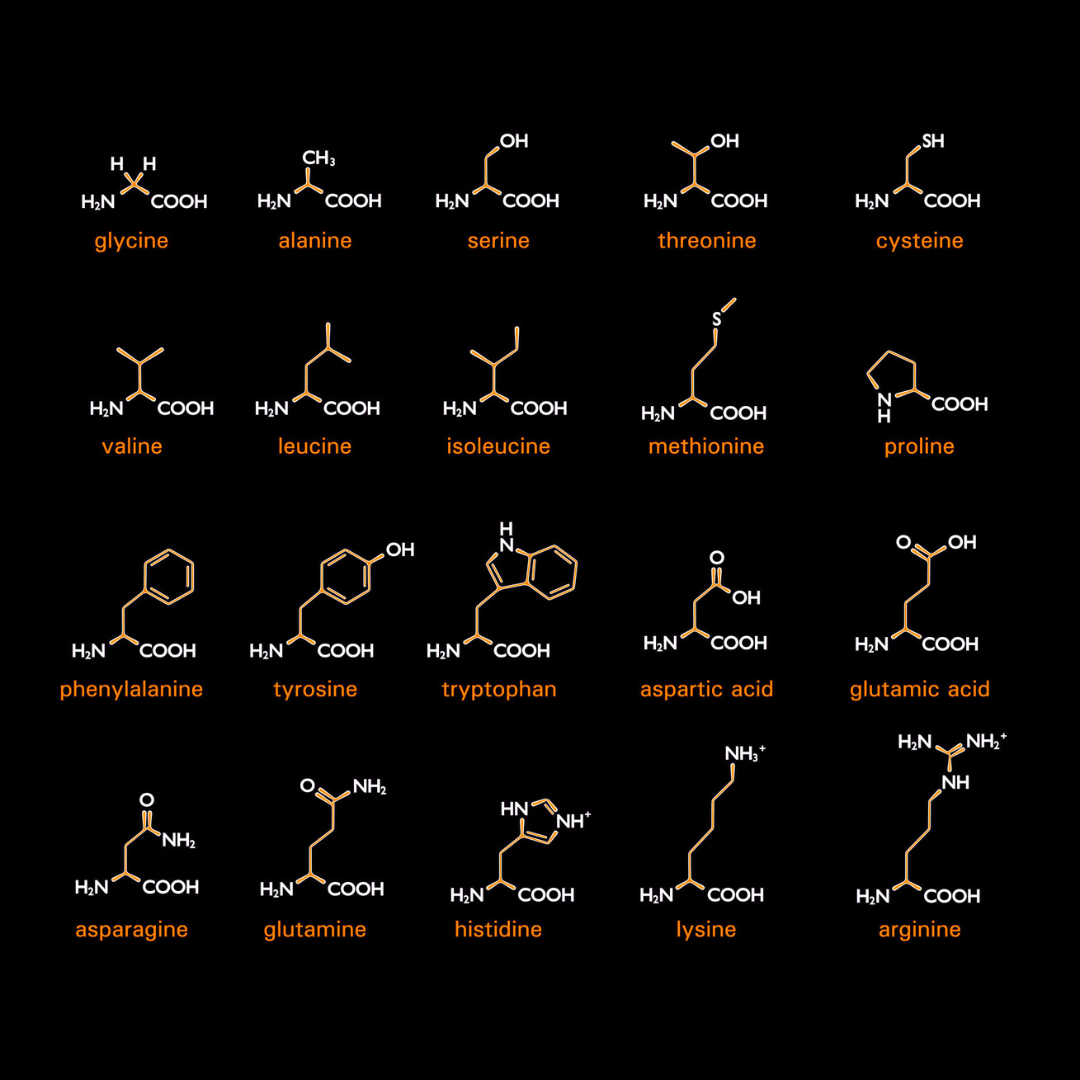
Consuming protein can also increase levels of the hormone glucagon, and glucagon can help to control body fat. Glucagon is released when blood sugar levels go down. This causes the liver to break down stored glycogen into glucose for the body.
Are you picking up on a theme here? Hope you’re still awake. Grab a meat stick and let’s continue…
Animal vs. Plant Protein
In general, animal proteins have higher protein digestibility and a better essential amino acid profile relative to dietary requirements. These measures of protein quality indicate that animal proteins can more readily provide the daily requirement of essential amino acids than plant protein. Dairy is the only animal protein to carry a carbohydrate load. Your meat, fish, eggs are primarily protein and fat. Your plant protein sources (mostly beans) carry a higher carbohydrate load.
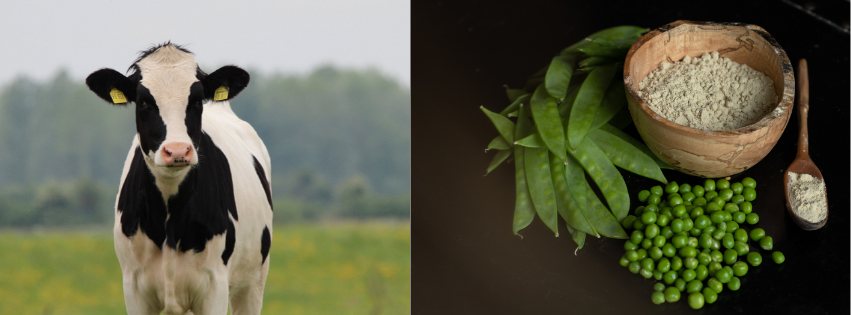
How Much Protein Should I Eat?
The CDC states that the mean protein intake among men and women in the U.S. is roughly 15-16% of their daily total caloric intake. So if I’m consuming 2,000 calories per day, that’s around 300 calories or 75 grams from protein (in content) per day. According to Harvard Medical School, the Recommended Dietary Allowance (RDA) for protein is .8 grams per kilogram of bodyweight or .36 grams per pound. The current (2020-2025) U.S. Dietary Guidelines suggest consuming 5-7 ounces of protein per day.
Let’s see what this actually looks like and use me as an example, shall we?
I’m a 5’6”, 165# active, 40-year-old female.
.36 x 165 (my weight) = 59.4 grams of protein per day
That’s one 4 oz piece of salmon + 3.5 oz of chicken breast.
This might be a minimum protein recommendation to keep me from getting sick, but that doesn’t mean it’s ideal or optimal for me to perform my best in everyday life - physically and mentally. I don't want to simply survive, I want to thrive.
In the opinion of many esteemed scientists and doctors, these protein recommendations are very low. Here are some links to doctors, biochemists, and health experts who "walk the walk" when it comes to health, fitness and nutrition.
Biolayne: Protein Requirements: Amount, Timing & Type
Dr. Gabrielle Lyon's Podcast: Unlocking Protein's Power
Evidence-based research shows that consuming .7 - 1 x your bodyweight in grams of protein per day is optimal for building building lean muscle mass and preventing sarcopenia. The calculation truly depends on you, as an individual - your current body weight, your age (because our protein requirements increase as we get older), lean body mass, activity level and personal health and fitness goals. If your goal is to gain healthy, lean muscle, lose additional body fat, and/or maintain your lean body mass, .7 x your bodyweight is a great place to start. If you’ve completed an InBody Scan with us and have your lean body mass (LBM) details, this is also a great number to use.
My current LBM is 127#, so I set that as my baseline in grams of protein consuming 1:1 (127 grams/day up to my total body weight at 165 grams - depending on my activity level). One of my goals is to grow more healthy, lean muscle mass.
127 grams of protein per day looks like:
1 scoop of 1st Phorm collagen in my coffee
3 large scrambled eggs at breakfast
5 oz of salmon at lunch
5 oz of chicken at dinner
2 oz 1st Phorm meat stick as part of a snack or a post-workout protein shake
This winds up being a tiny bit more than 127 grams, plus there will be additional grams of protein from plant sources, but don’t get too hung up on being exact. Every day is different and that’s OK.
Again, this is based on my personal needs, goals, and data - and years of evidence. What works for me will not necessarily work for you, so I highly recommend scheduling a consultation with me (a certified nutrition coach) if you need more help and direction when it comes to what your macronutrient needs should be. I'd love to help!
Protein Content vs. Protein Weight
This concept can be confusing if you’re new to counting macros or weighing and measuring your food. When I say “127 grams” of protein, I don’t mean 127 grams in weight (as in a piece of chicken weighing 127 grams on your food scale). I mean 127 grams of protein as in
protein content. On average, most meat sources contain 7 grams of protein (in content) per 1 ounce, so 4 ounces of chicken breast (in weight) is roughly 28 grams of protein (in content). This is why it’s really helpful to input your weighed and measured foods into an app like
Chronometer or
MyFitnessPal because it does the calculations for you and reflects how much protein you're consuming fairly accurately - in short, it makes your life easier.
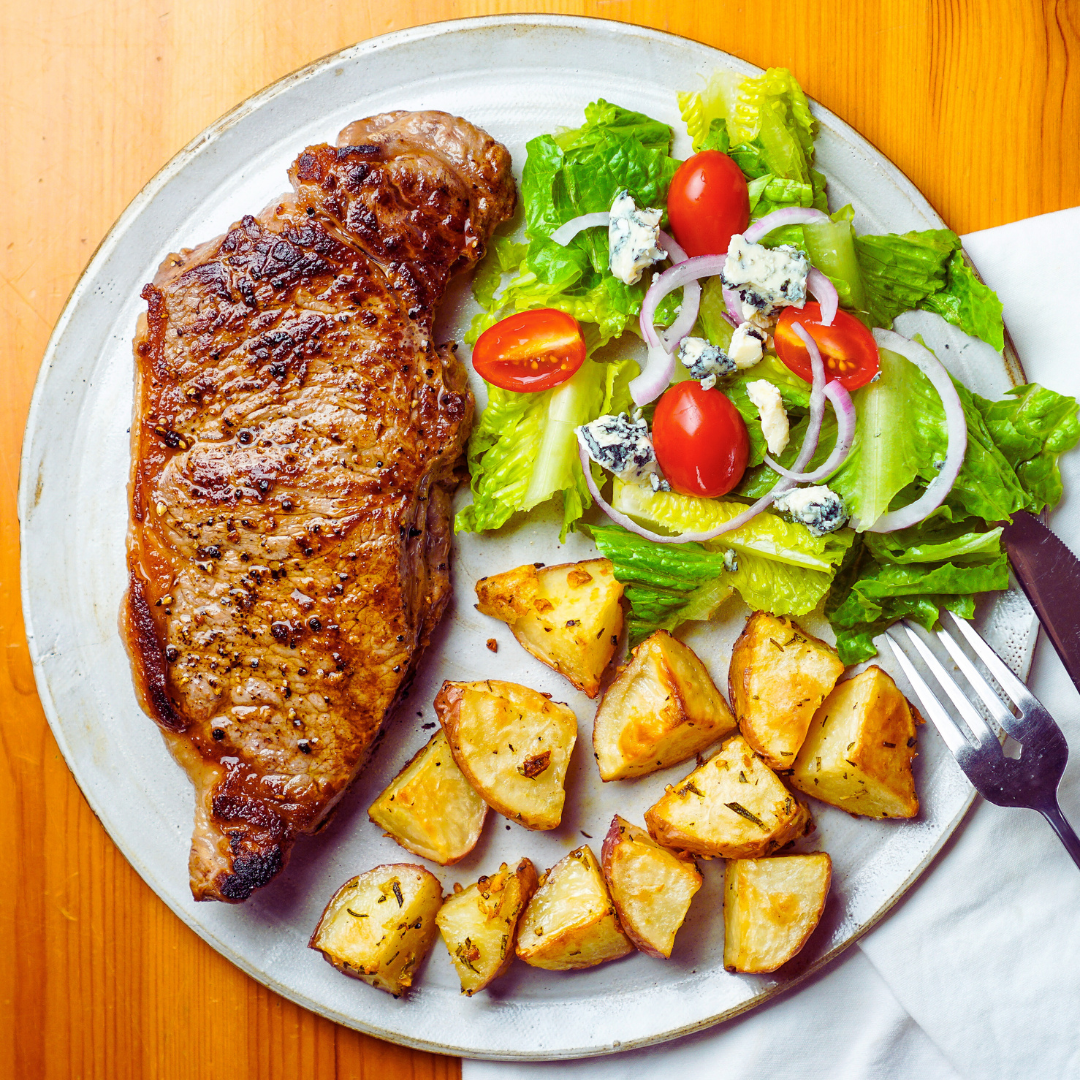
Some Tips for Adding More Protein to Your Diet
- Plan your day! Entering just your protein into MyFitnessPal or Chronometer (my fave) one day ahead of time can help you reach your protein goals everyday, so that you’re not eating hard boiled eggs at 9pm.
- Balance every meal. Include protein in every meal and snack - so that it isn’t ONLY a banana - this can help you squeeze extra protein in and help regulate your blood sugar and keep you satisfied.
- Example 1: sliced deli turkey (protein), apple (carbohydrate), and peanut butter (fat).
- Example 2: Chicken Parmesan Meatballs (protein and fat) with roasted spaghetti squash (carbohydrate)
- Supplement. Whole food sources are always best, but sometimes we need to rely on convenience. Add collagen peptides in coffee or other beverages, sauces, dips, soups - and you won’t even know it’s there. Sip on a protein shake post-workout to help repair muscle tissue and boost recovery (and it’s easier than chowing down on chicken right after a training session).
- Increase your protein portions. Adding an extra ounce of meat per meal can make a big difference over time. On average, 1 ounce (or 28g) of meat equates to 7g of protein (in content).
- Add extras. Top eggs with cheese, add beans to a salad, mix nuts into your oatmeal.
- Prep and plan your favorite protein sources. Use your crockpot, grill, Instant Pot, and grab a meat stick as you’re leaving the gym! Having these foods readily available helps keep you on track!
Stay strong!
Coach Abrie Sellers
Precision Nutrition L1 Coach
Have questions or comments about this topic or would like to meet with a coach? Please reach out to us! If you found this information helpful, please share it with your friends and family.
The information in this article is not intended as medical advice, but for educational purposes - feel free to reference it when consulting with your physician and remember to advocate for your health.


